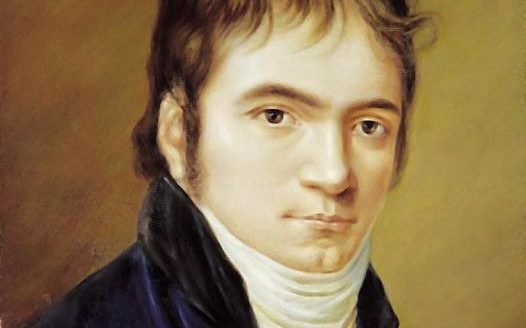
Fantastic finale
Beethoven’s finale to his first published quartet (Op. 18, No. 1) is a thrilling ride that is bursting with musical ideas, exciting contrapuntal passages, and surprises galore. It is a fitting finish to this glorious quartet that shows versatility, humour, surprise, and deep emotion.

Humour and Surprise
The Scherzo of Beethoven’s Op 18, No. 1 is a whirlwind of fast-moving surprises and musical humour. He subverts our expectations with off-beat accents and daring harmony. Learn about the details of this charming movement.

Passion and expression
The second movement of Beethoven’s Quartet in F major transports us to another world. We are no longer in sunny F major; we are in a dark and tumultuous D minor. With is mournful melodies, impassioned outbursts, and deafening silences, Beethoven explores tragedy, loss, and terror in this excellent early example of emotional exploration in music.

Con Brio: Beethoven’s Second Quartet
This F major quartet (Op. 18, No. 1) is probably the most famous and most beloved quartet of the series of six. It is the longest of the set; the first and last movement being longer than any corresponding movement in the opus. The slow movement has the most emotional range of any other slow movement in the series. And the scherzo is the fastest and most harmonically daring.
It’s an exciting work, so let’s look at some examples from the first movement, marked Allegro con brio (lively with vigour).

Beethoven’s First Quartet
In 1787, at the age of 17, Ludwig van Beethoven left his native Bonn, Germany to travel to the musical epicentre of the world: Vienna. In going there, he had intended to study with Wolfgang Amadeus Mozart. Unfortunately, Beethoven’s Viennese séjour was cut short to only two weeks when he was abruptly called back home because of his mother’s death. Before he could return to Vienna a few years later, Mozart had met his untimely demise.

